
Top Sell Factory Price Ballpoint Pen Blue Beautiful Short Slim Pen Free Sample Cute Small Metal Twist Ball Pen





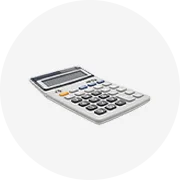
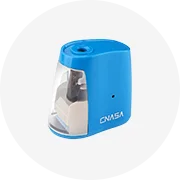
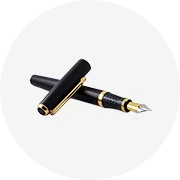
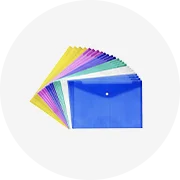

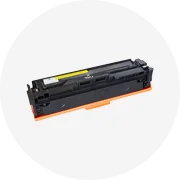
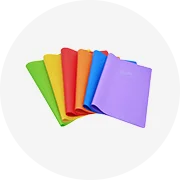



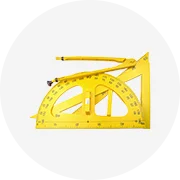





A stamp pen is a pen that incorporates a stamping mechanism with a built-in stamp feature. In addition to conventional writing, it allows users to create stamped impressions.
There are various types of pen stamp markers in the market. Ranging from the contemporary stamper pen equipped with a stamp feature on one end, enabling users to create stamped impressions alongside conventional writing or drawing. Similarly, stamping highlighters include a stamp on one end, providing a convenient way to mark documents with specific symbols or icons. Another category involves custom stamp pens, which may not have an integrated stamp. Instead, they are equipped with interchangeable stamp attachments. This allows users to switch between different stamp designs based on their preferences, fostering a personalized experience according to individual tastes and needs.
Additionally, individuals may craft their DIY stamp pens by affixing small stamps to the back end of a pen or marker, offering a unique and customized approach to stamping. Furthermore, innovations may have led to specialized types like bubble stamp pens designed for creating bubbly and playful stamped impressions. Roller stamp pens may constitute another variant featuring a rolling mechanism for smooth and continuous stamping, providing efficiency and convenience. Lastly, expanding the spectrum, eyeliner pen stamps have emerged, combining the functionality of eyeliner with a stamp feature, allowing users to create intricate designs or symbols around the eyes.
Self-inking stamp pens operate through a clever and convenient mechanism integrated within the pen itself. These pens are designed with a self-contained ink pad that automatically re-inks the stamp after each use, eliminating the use of separate ink pads or messy manual inking. The internal structure of the self-inking pen stamps includes a reservoir of ink and a mechanism that facilitates the controlled movement of the stamping component. When the user presses the pen onto a surface to create a stamp impression, the stamp makes contact with the ink pad inside. This contact automatically re-inks the stamp, ensuring it is ready for subsequent use.
The self-inking feature enhances efficiency and reduces the hassle associated with traditional stamping methods, where users often need to handle separate ink pads. It also helps maintain a consistent and clear stamp impression, as the ink is consistently distributed to the stamping surface. These pens are convenient for repetitive stamping tasks, such as marking documents or paperwork, where a quick and reliable stamping process is essential.
Pens with stamps utilize different ink formulations tailored to meet specific requirements based on their intended applications and the desired characteristics of the stamped impressions. Water-based ink is a common choice, prized for its quick-drying nature, making it suitable for general-purpose applications on paper. Conversely, oil-based ink, known for its durability and permanence, adheres well to various surfaces, including paper and cardboard, although it typically requires a longer drying time. Pigment ink, another prevalent option, contains solid color particles instead of dyes, providing fade-resistant and water-resistant properties, resulting in vibrant and long-lasting impressions. Solvent-based ink, formulated for non-porous surfaces like plastic or metal, dries rapidly and is resistant to smudging, but it may emit a strong odor due to the solvents used.
Gel ink, characterized by its smooth and viscous consistency, is often employed in rolling stamp pens. Gel inks offer a bold and consistent line and come in various colors, suitable for use on paper. Choosing the right ink type is paramount, ensuring optimal performance and longevity for the stamp pen based on the material to be stamped and the intended purpose of the impressions.